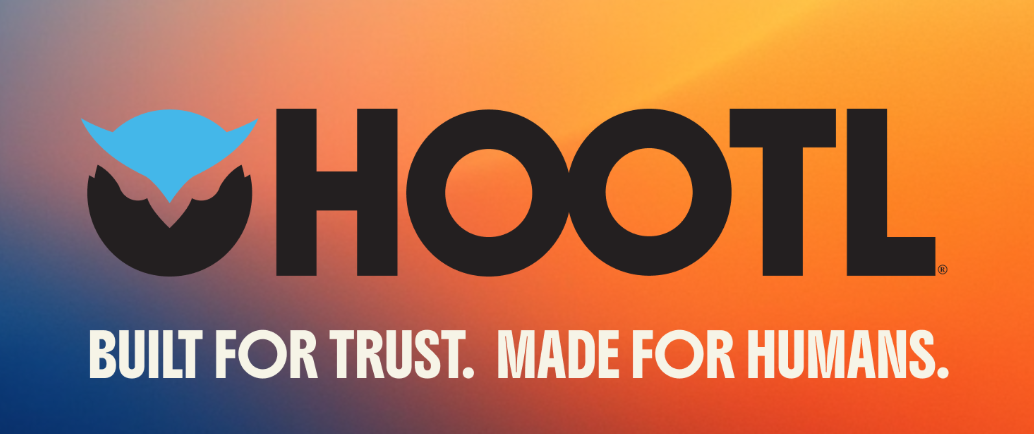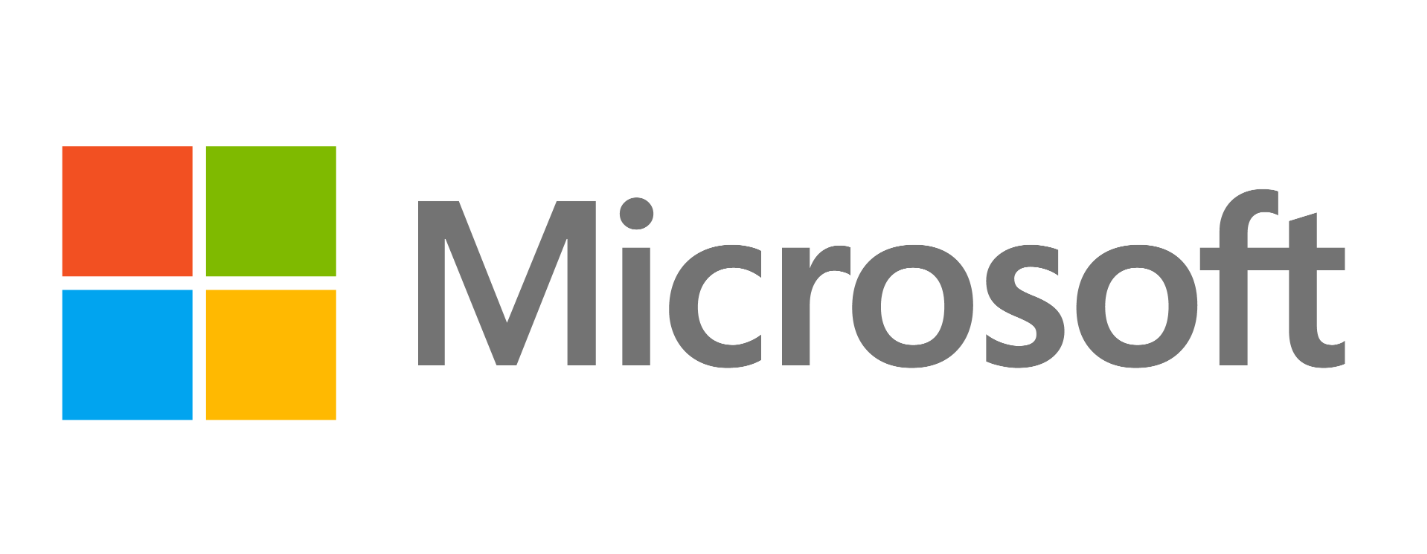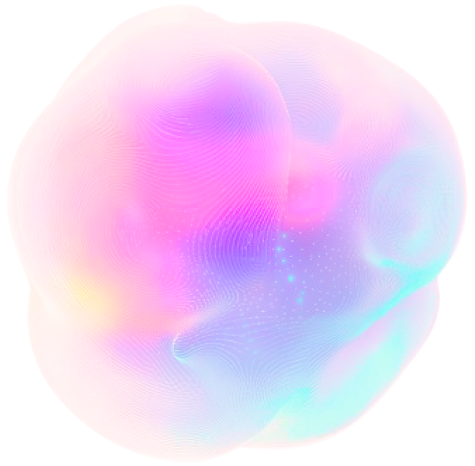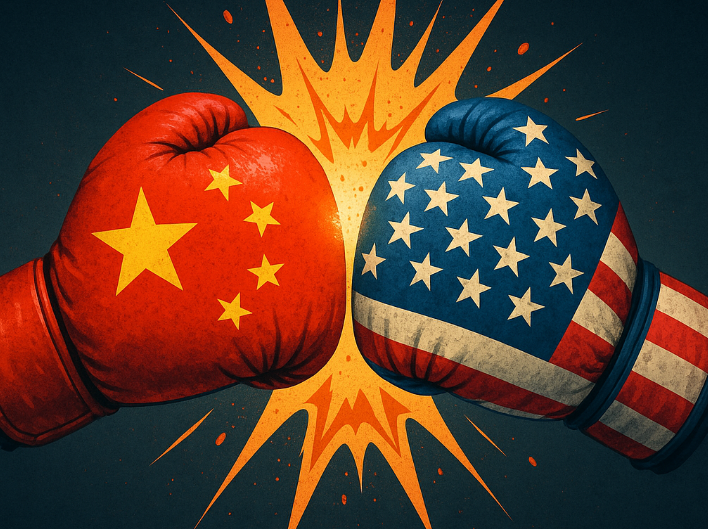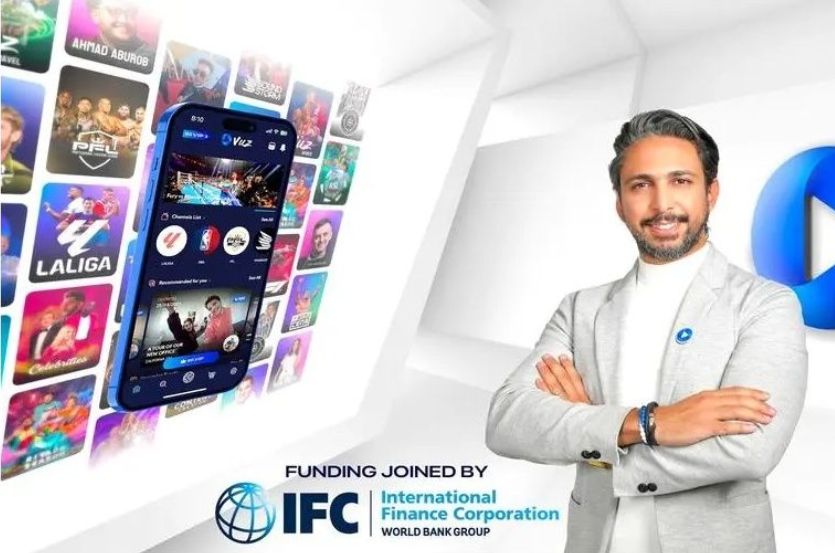The Writers Guild of America (WGA) has successfully negotiated a new contract with Hollywood studios, bringing an end to the writers’ strike that spanned a large chunk of 2023. With the new contract terms in place, writers were set to return to their work starting from Wednesday of last week.
The emergence of Artificial Intelligence (AI) has raised both awe and concern among professionals, and the sphere of writing is no exception. Advanced AI can now generate content that, in some cases, is becoming increasingly difficult to distinguish from that created by human hands. This development presents a double-edged sword, wherein lies the potential for both creative enhancement and diminution.
Heavy Lifting Etc
On one hand, AI offers an exciting avenue for augmenting the creative process. As Bernard Marr pointed out in his excellent Forbes article from May, AI can handle the heavy lifting of research, organization, and even some aspects of drafting and editing, thereby freeing up the human writer to delve deeper into creativity, thematic exploration, and narrative innovation. The symbiosis between machine and human intellect can potentially birth a new era of storytelling, wherein AI acts as a formidable tool in the writer’s arsenal. This is a realm where the mundane and mechanical aspects of writing are delegated to AI, leaving the imaginative and insightful facets to the human mind.
On the flip side, there’s a real fear among writers that AI could usurp their roles entirely, or at the very least, dilute the value of human-generated content. A Sky News podcast in August with Dr. Alex Connock, a senior fellow at the University of Oxford’s Said Business School who has written a textbook on the media and AI, and TV and theatre writer Lisa Holdsworth, a chair of the Writers’ Guild of Great Britain, underscores the anxiety among Hollywood writers and actors. They see AI not as a tool, but as a rival capable of generating scripts and even simulating performances. Moreover, the rise of AI content farms, as discussed by Marr, poses a threat to the authenticity and originality that is the hallmark of human creativity. The algorithm-driven nature of AI could lead to a homogenization of content, where the machine-generated writing caters only to popular trends or keywords, thus potentially stifling the diverse and nuanced voices that form the bedrock of literary and cinematic richness.
The Riches of Throwing Away Humans
The financial allure of employing AI over human writers, furthermore, could drive a wedge between creativity and profitability. AI doesn’t demand a salary, benefits, or a conducive working environment, making it a cost-effective alternative for studios and publishing houses. This could create an environment where the drive for cost reduction overshadows the essence of storytelling, diminishing the human aspect that makes stories relatable.
The historical strike brought to the forefront the escalating concerns among writers regarding the rise of AI, which became a significant bone of contention between them and the studios. Writers harboured fears that despite the current creative limitations of text-generating AI tools such as ChatGPT, studios could be tempted to leverage the rapid advancements in these tools as a means to circumvent compensating union members.
No Worries — Just Better Working Conditions
“I’m not worried about the technology,” said comedy writer Adam Conover in an interview with TechCrunch just when the strike was beginning. “I’m worried about the companies using technology, that is not in fact very good, to undermine our working conditions.”
In the newly inked contract by the Writers Guild of America (WGA), a clear framework has been laid down concerning the utilization of Artificial Intelligence (AI) in the writers’ rooms, alongside improved residual payments, minimum writers’ room staffing, and other terms enhancing the livelihood of screenwriters. The contract specifically stipulates that AI is not to be employed for writing or rewriting scripts, and any material generated by AI is not to be regarded as source material, thereby ensuring writers retain their writing credits without interference from AI.
Although writers retain the liberty to employ AI tools if they wish, the stipulations prevent companies from enforcing the usage of particular AI tools during a production. Moreover, studios are required to disclose to writers if any AI-generated materials are provided for integration into a project.
The contract summary from WGA reaffirms their stand by stating, “The WGA reserves the right to assert that exploitation of writers’ material to train AI is prohibited by [the contract] or other law.” This arises amidst the current legal ambiguity surrounding the interaction between large language models and copyrighted materials. Even though federal and state laws haven’t quite caught up, the agreement by WGA has made it explicit that union members haven’t granted permission for their works to be utilized in training the studios’ AI systems.
Video Game Threat
Last Monday, the actors union, SAG-AFTRA, which is still on strike, witnessed its members casting an overwhelming vote in favour of authorizing a strike against the video game industry too. SAG-AFTRA, while representing stunt, motion capture, and voice actors within the video game sector, has voiced worries regarding the potential exploitation of AI to diminish the creative contributions of union members.
On a personal note, as a writer myself who has never been a member of a writers’ guild (though I did briefly have an agent representing me), maybe it’s time for these pensters, Hollywoodland and the wider writing community to get with the program. The age of AI is here, whether we like it or not. We should treat it as a co-pilot, rather than the adversary it is not.
AT LEAST NOT YET, ANY WAY.
Featured image: Credit: Fabebk, Wikipedia
